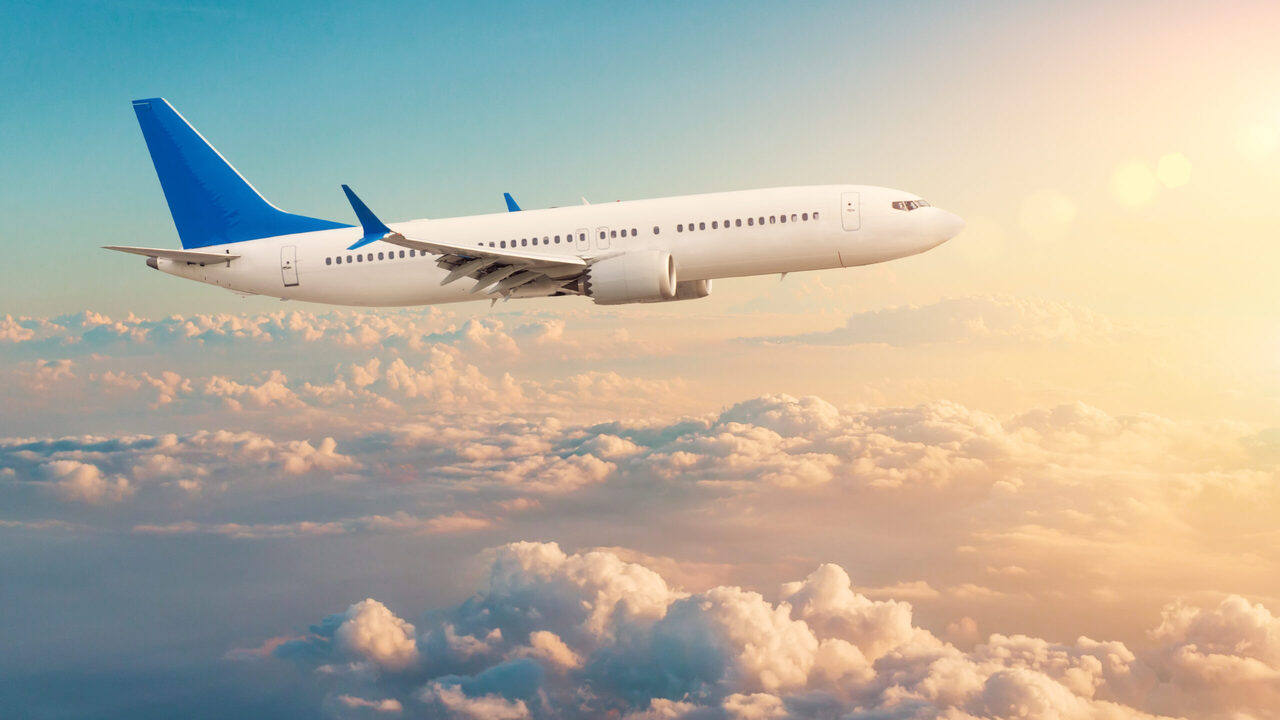There are several ways to calculate the safety of a particular transport. The most accurate and common is the calculation of the number of deaths per 100 million km. For airplanes, this coefficient is 0.5, that is, 1 person per 200 million km on average. As for cars, their coefficient is 3.1, for trains – 0.6, for water transport – 2.6.
But what provides such a level of security?
-
technologies. In flight, the aircraft monitors for anything that might be a problem, and car improvements are more comfort-oriented. In addition, the aircraft is in automatic mode most of the time in flight and has turbulence detection programs that can predict the height, intensity and movement of turbulence.
-
Crew. The flight itself is monitored by two pilots, a dispatcher and various sensors. Also, getting the right to fly an airplane is much more difficult than flying any other transport.
-
Emergency time remaining. In a modern airplane, even if an engine fails, it will be able to fly farther. And even if all the engines suddenly fail, the plane will stay in the air for a while, planning a place for an emergency landing. Airplane routes are compiled in such a way that they always have a place to land.
-
Airlines’ stance on safety. If the plane crashes, the airline suffers huge losses. Therefore, they do everything to prevent this from happening.
Source: Ferra
I am a professional journalist and content creator with extensive experience writing for news websites. I currently work as an author at Gadget Onus, where I specialize in covering hot news topics. My written pieces have been published on some of the biggest media outlets around the world, including The Guardian and BBC News.











